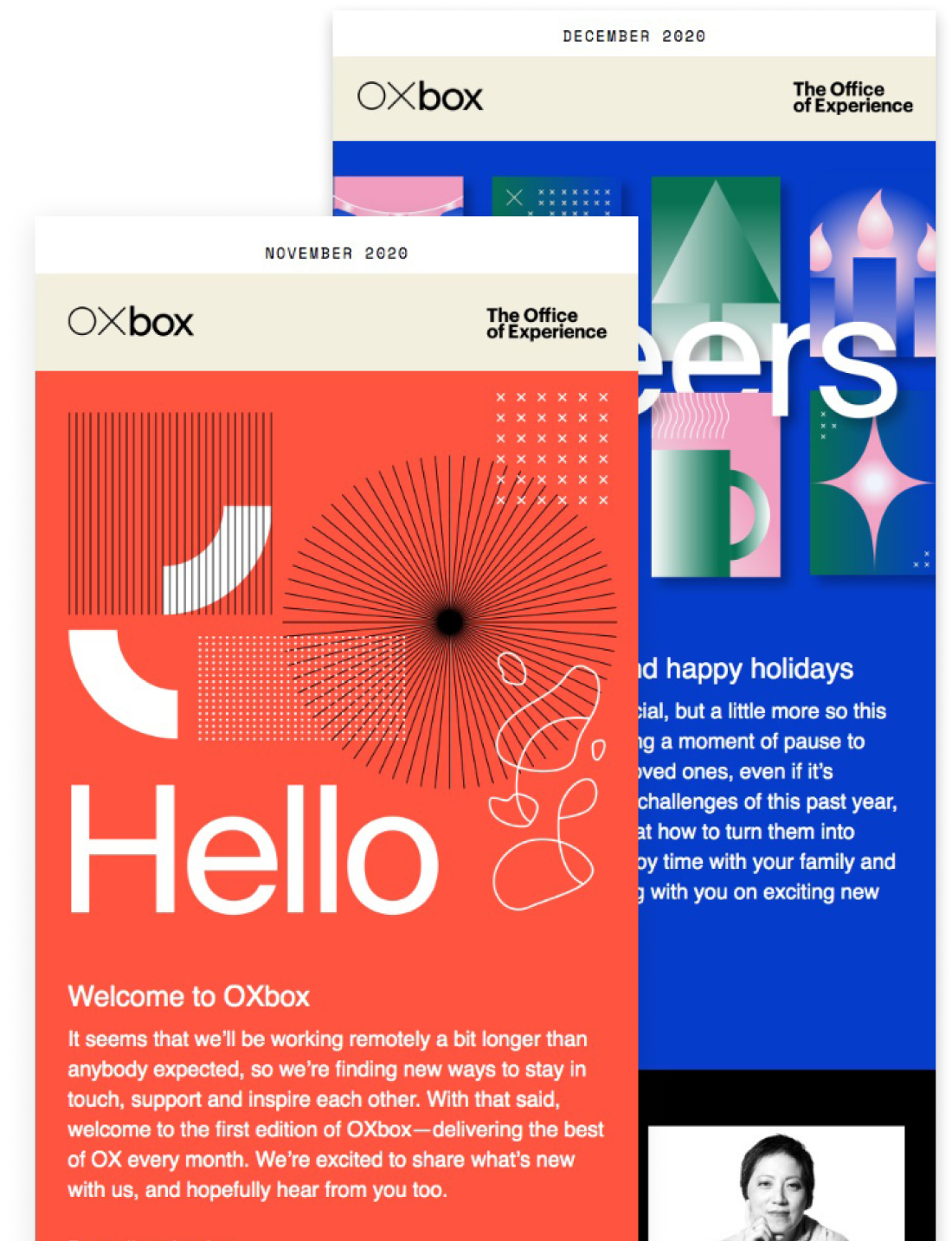
Accessibility
Ecommerce Without Barriers: Strategies for Enhancing Accessibility
Discover innovative strategies to tackle the critical issue of enhancing accessibility within ecommerce experiences.
Transitioning from the foundational principles discussed in part one, this final segment of our series zeroes in on ecommerce’s distinct accessibility challenges to uncover solutions for a more inclusive online shopping experience.
Challenges in Ecommerce Accessibility
Ecommerce accessibility ensures all users can navigate, understand, and interact with online platforms. However, several things can get in the way of a fully inclusive digital shopping environment. Addressing these challenges requires a thorough understanding of what these barriers are and how to implement targeted solutions.
- Navigational Barriers: Navigating an ecommerce site should be straightforward, but confusing layouts, inconsistent navigation menus, and the lack of intuitive search functionalities can serve as obstacles to your users. Simplifying these elements can significantly improve the user experience, making it easier for everyone to find what they’re looking for
- Visual and Auditory Barriers: Non-descriptive images, lack of alt text, and poor contrast between text and background colors make it difficult for individuals with visual impairments to understand content or navigate a site. For users with hearing impairments, the absence of captions or transcripts for audio and video content can exclude them from receiving information about products or services.
- Cognitive and Neurological Barriers: For users with cognitive disabilities, complex and cluttered websites can be overwhelming. Complex instructions, fast-moving sliders, densely packed information, and distracting animations can make sites difficult to use. A focus on simplifying content presentation, using clear language, and organizing information in a digestible format can significantly improve accessibility for these users.
- Technological Barriers: The digital divide extends to outdated technology and incompatibilities with assistive devices like screen readers, keyboard navigation, or voice recognition software. Modernizing websites to support a range of technologies and ensuring they work seamlessly with assistive tools are essential steps towards inclusivity.
Actionable Strategies for Improving Ecommerce Accessibility
While awareness of accessibility challenges is important, taking action to address barriers is vital. Like a physical store needs ramps for wheelchairs and clear signage for easy navigation, ecommerce platforms require digital equivalents to provide equal access to products and services.
Addressing these challenges doesn’t have to be a difficult task. Here are some effective and straightforward strategies to enhance accessibility in ecommerce:
- Descriptive Product Information: Make sure that every product image on your website is complemented by descriptive alt text. This simple step makes a huge difference for visually impaired who rely on screen readers. Aim for clarity and detail, and use concise language to help customers understand and trust what they’re buying.
- Simplified Checkout Process: A seamless and intuitive checkout process is essential for a positive shopping experience. By minimizing the steps required to complete a purchase and offering clear, easy-to-understand instructions at every stage, ecommerce platforms can significantly reduce barriers for all users.
- Accessible Video Content: Accessible video content, enhanced with captions, audio descriptions, visual interpretations, and sign language significantly broadens inclusivity. Adjustable playback features and customizable display options give users control over their viewing experience and accommodate diverse needs.
- Consistent Navigation: Design intuitive navigation for a smooth journey. Keep menus, links, and buttons consistent across pages. Use large labels and clear structures, considering those with visual or navigation challenges. Support keyboard navigation for seamless mouse-free browsing.
- Technology Compatibility: Welcome everyone, regardless of their device or assistive tools. Ensure compatibility with screen readers, magnification software, and speech recognition. Stay updated on accessibility standards and regularly test across different technologies to guarantee smooth access for all.
This is by no means an exhaustive list, but by implementing these tips, websites and online spaces can make significant strides in becoming more inclusive.
Implementing and Testing for Accessibility
Unlocking inclusive growth in ecommerce starts with accessibility, not just meeting standards. It’s a journey of intentional design and rigorous testing, ensuring every customer enjoys a seamless experience. This ongoing commitment involves several key practices:
- Regular Accessibility Audits: Continuously scan your platform for accessibility gaps to proactively address issues and maintain inclusivity. Automated tools, expert evaluations, and user testing with diverse users ensure your platform evolves with accessibility in mind.
- Compliance with WCAG: Embrace the gold standard for digital accessibility. By aligning your platform with WCAG guidelines, you empower users with diverse needs to navigate, understand, and interact seamlessly.
- Training and Awareness: Foster an inclusive culture by equipping your team with accessibility knowledge and best practices. Train developers, designers, and content creators to build accessibility into every decision from the beginning.
- Inclusive Design Philosophy: From day one, prioritize inclusivity. Consider diverse user scenarios, employ universal design principles, and engage users with disabilities throughout development and testing. This results in platforms that are inherently accessible and user-friendly for everyone.
Evolving accessibility standards and diverse customer needs demand a proactive approach. Embracing accessibility isn’t just about ticking boxes– it’s about building a platform that adapts and thrives in the future. The Americans with Disabilities Act (ADA) highlights the crucial role of providing equal opportunities for people with disabilities, establishing adherence to its standards as not just a legal duty but a moral imperative for businesses. By investing in continuous improvement, you ensure your platform remains welcoming and inclusive for everyone.
Drop us a line
ALL FIELDS REQUIRED







